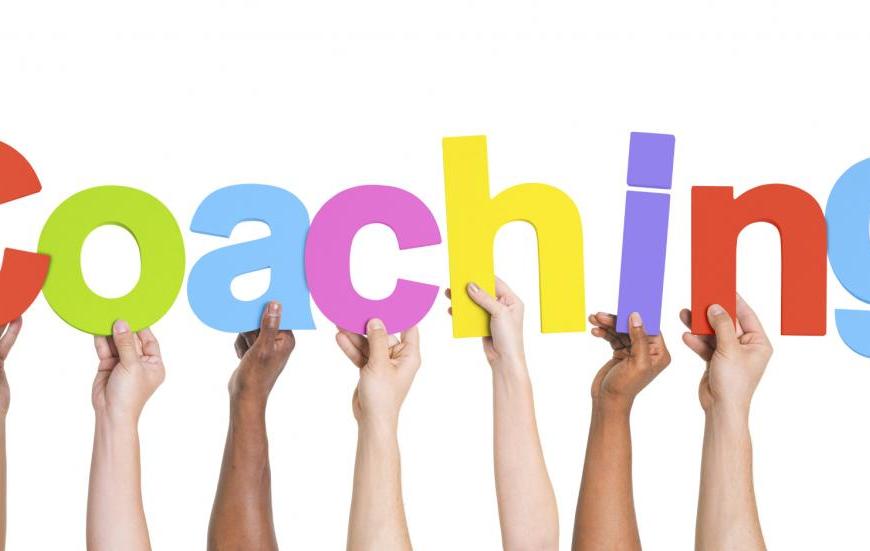
Automation has Limits, Learning has no Boundaries
Low-touch, or touchless planning, forecasting and other types of supply chain knowledge work automation have been around for a while now. A trend that started with Robotic Process Automation (RPA) in the back-office, automating dull and repetitive tasks like invoice matching, evolved into cognitive automation and autonomous execution of more advanced supply chain processes using intelligent agents. I envisioned autonomous IBP in 2016 and published … Continue reading Automation has Limits, Learning has no Boundaries



